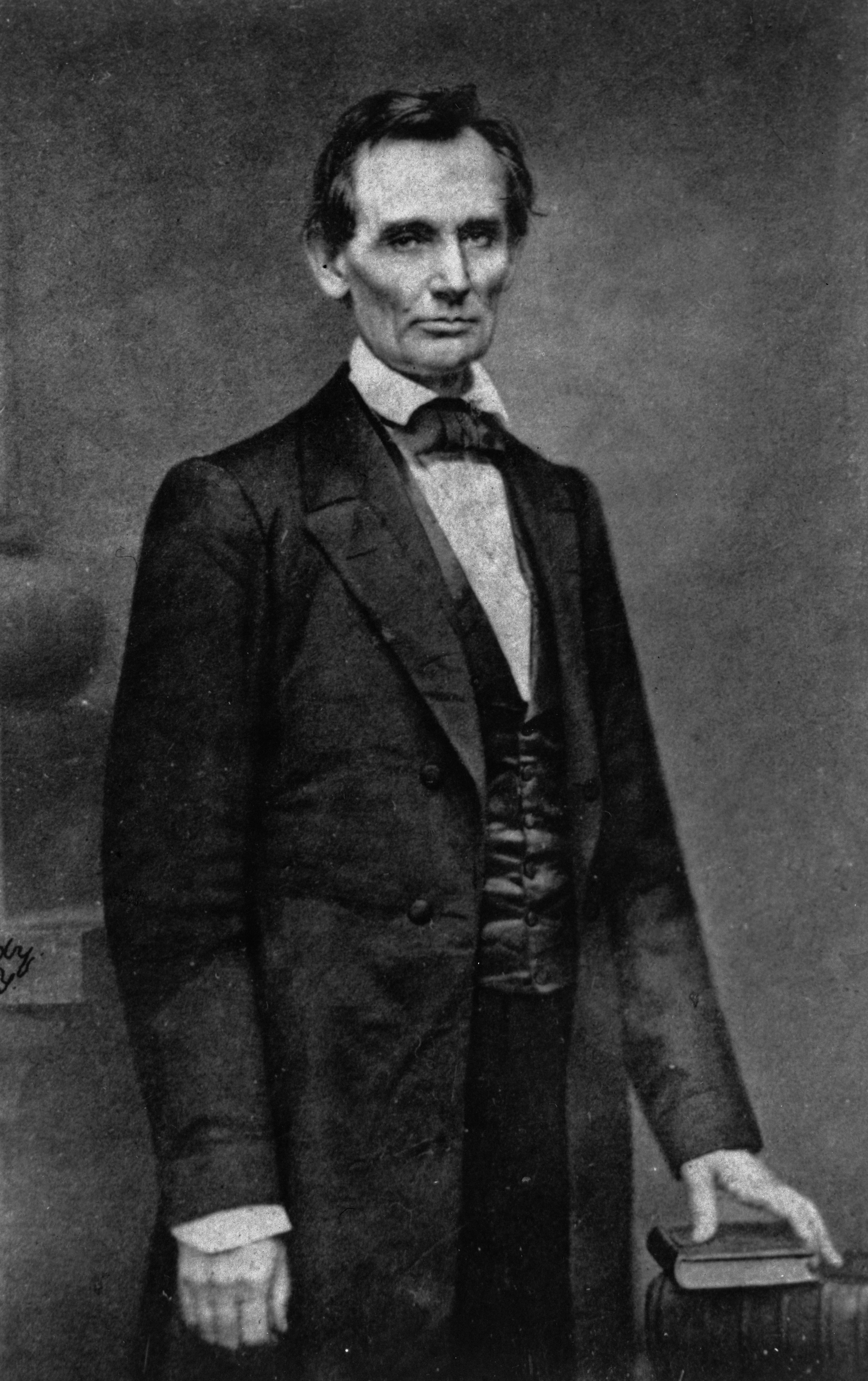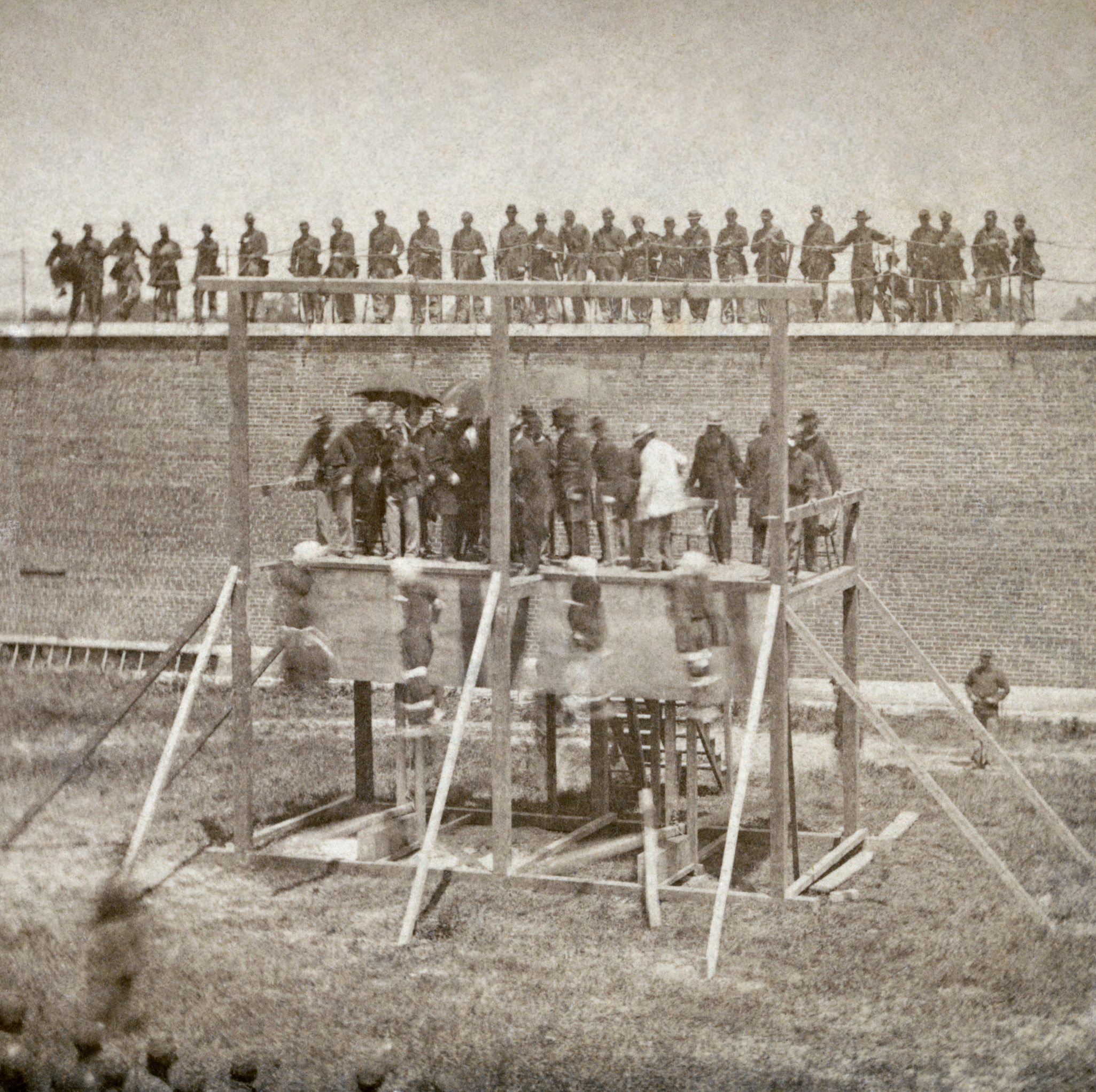1. A daguerrotype was the first commercially successful photographic process. The surface of a daguerrotype resembles a mirror. It's looks like a silvered surface that is very fragile and can be rubbed off with a finger. The process became prominent on January 9, 1839. The Daguerrotype process replaced the camera obscure which was invented by Nicephore Niepce.
 |
An 1837 daguerreotype by Daguerre, claimed to be
the first to complete the full process. |
2. An "albumen" print (also called albumen silver print) was the first commercially exploitable method of producing a photographic print on a paper base from a negative. The main ingredient of the albumen process were egg whites which would bind the photographic chemicals to the paper. The albumen method died out during the turn of the 20th century.
 |
| The Hypaethral Temple, Philae, by Francis Frith, 1857 |
3. Stereograph is a particular mapping that projects a sphere onto a plane. The projection is defined on the entire sphere except at the projection point. When used in photography stereographic projection captures a did angle view. They were popular when mapping panoramas over the other azimuthal projections.
 |
| Spherical panorama of Paris |
4. The carte de visite was a type of small photograph. It was patented in Paris, France by the photographer Andre Adolphe Eugene Disderi in 1854, but it was first used by Louis Dodero. It was used for photograph cards. The popularity of the cards spread "Cardomania" throughout Europe and quickly to America.
 |
One of the first Carte de visit of Queen Victoria
taken by photographer John Jabez Edwin Mayall |
5. Mathew Brady was one of the most celebrated 19th century American photographers. He was best known for his portraits of celebrities and his documentation of the American Cicil War. Also, he was credited for being the father of photojournalism. Alexander Gardner was a Scottish photographer who moved to the United States in 1856 work as a photographer full time. His best known work are his photographs of the American Civil War, Abraham Lincoln, and the execution of the conspirators to Lincoln's assassination. Both Brady and Gardner were both very active with photography during the Civil War which is why they are both so notable Civil War photography.
 |
| Photographer Mathew Brady |
 |
(Mathew Brady) Soldier guarding
arsenal in Washington, D.C. |
 |
(Mathew Brady) The day of Abraham
Lincoln's Cooper Union Speech in 1860 |
 |
| Photographer Alexander Gardner |
 |
| (Alexander Gardner) Execution |
 |
(Alexander Gardner) Middle bridge over
Anitetam Creek in Spetember 1862 |











